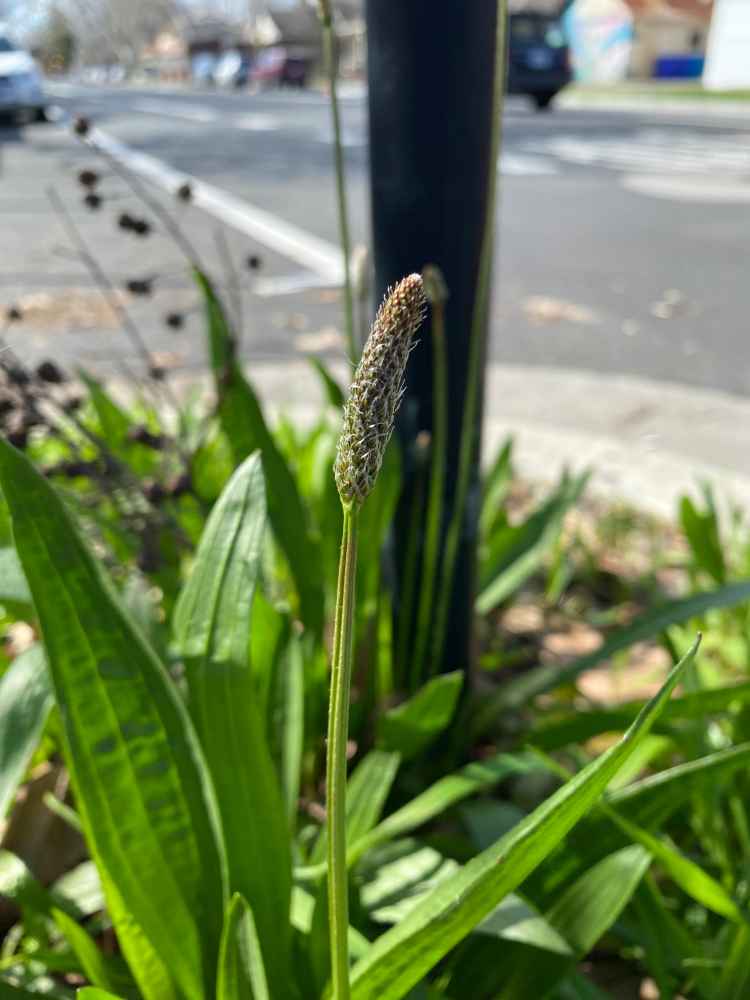Invasive plant species have long been recognized as a significant threat to ecosystems worldwide, but a groundbreaking study sheds new light on a hidden danger lurking within these invaders. Led by researchers from the University of California, Davis, the study reveals the alarming phenomenon of dormant invaders, capable of lying dormant for extended periods before launching devastating expansion.
Published in the prestigious journal Nature Ecology and Evolution, the research represents the most comprehensive analysis of plant invasions to date, examining over 5,700 species across nine regions globally. Spearheaded by senior author Mohsen Mesgaran, an assistant professor in UC Davis’ Department of Plant Sciences, the study unveils the insidious nature of dormant invaders and their potential to wreak ecological havoc.
Mesgaran aptly describes these dormant invaders as “invasive time bombs,” emphasizing their ability to remain unnoticed and overlooked before unleashing rapid and destructive expansion. The study uncovers that nearly one-third of invasive plant species analyzed exhibit lag periods between introduction and expansion, with some remaining dormant for centuries.
One striking example highlighted in the study is Plantago lanceolata, commonly known as ribwort or buckhorn plantain, which can lie dormant for up to 177 years before emerging as a noxious weed, threatening native flora and fauna. Similarly, velvetleaf, introduced as a fiber crop, can remain dormant for 50 years before posing risks to agricultural crops.
The study underscores the role of global trade and transportation in facilitating the spread of invasive species, whether introduced accidentally or intentionally for various purposes. With approximately 65% of invasive plants in California knowingly introduced, the study warns of potential future problems stemming from increased trade and tourism.
Utilizing digitized herbaria records, the researchers obtained global data on invasive plant observations, enabling them to analyze trends and detect dormant phases. Intriguingly, dormant periods varied geographically, with invasive species adapting to diverse climate conditions and waiting for optimal circumstances to proliferate.
Mesgaran emphasizes the importance of integrating dormancy periods into risk assessment models for invasive species management, highlighting the need for proactive measures to prevent widespread invasion and economic losses. By recognizing the “calm before the storm,” stakeholders can take preemptive action to address emerging threats posed by dormant invaders.
future research aims to examine the native climate of invasive species relative to conditions in new locations, providing valuable insights into their adaptive strategies and expansion patterns. With contributions from scientists across the globe, the study paves the way for enhanced understanding and management of invasive plant invasions, safeguarding ecosystems and biodiversity for future generations.
